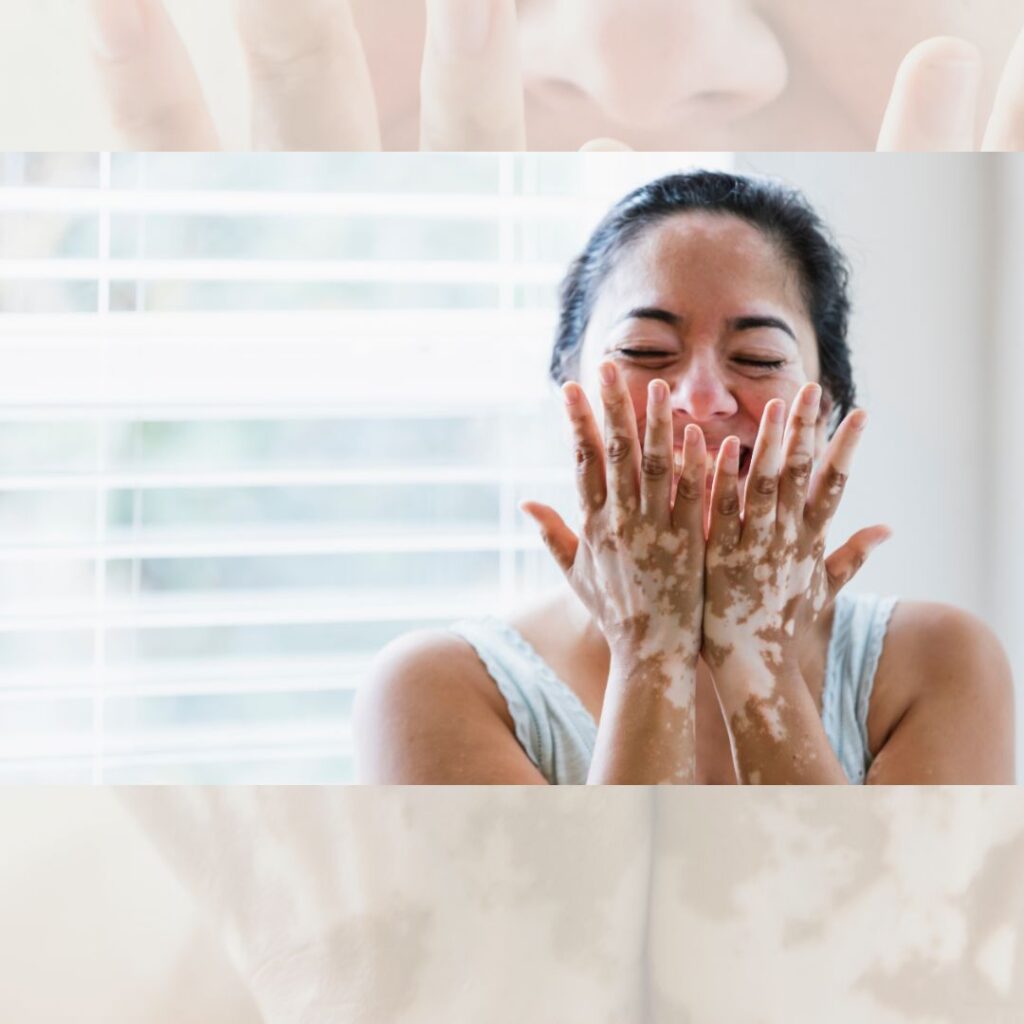Safed Daag Ki Dava

Safed Daag Ki Dava with expert guidance. Learn about topical medications, phototherapy, surgical options, and more to manage and improve skin pigmentation.
Vitiligo, commonly known as safed daag in Hindi, is a skin condition characterized by the loss of pigment, resulting in white patches on the skin. This condition can affect people of all ages and skin types, leading to significant cosmetic and psychological concerns. While modern medicine offers various treatments, Ayurveda, the ancient Indian system of medicine, provides holistic and natural approaches to manage and potentially treat vitiligo. Old Forests Ayurved has harnessed these traditional methods, offering effective solutions for those seeking natural remedies. Let’s explore how Ayurveda addresses vitiligo, the underlying causes, symptoms, and the best treatments available.
What is the main cause of Safed Daag?
People start seeing Safed Daag on the body as a stigma and some people mistakenly consider it to be leprosy. The main reason for the formation of white spots on the skin is the lack of melanin. Melanin is a natural substance present in the body. Melanin provides color to the iris, hair, and skin.
Early Symptoms of Safed Daag

Recognizing the early symptoms of safed daag is crucial for timely intervention. Initial signs often include small, white patches on sun-exposed areas such as the face, hands, arms, feet, and lips. These patches may gradually increase in size and number. Other symptoms might include premature graying of scalp hair, eyelashes, eyebrows, or beard. In some cases, individuals might experience a loss of color in the tissues that line the inside of the mouth and nose
Safed Daag Ki Dava
Safed daag ki dava refers to treatments aimed at managing vitiligo; a skin condition characterized by loss of pigment in patches. While there’s no cure, several safed daag ki dava options can help reduce the appearance of these patches and restore skin color.
- Topical Treatments
Safed daag ki dava often begins with topical treatments such as creams or ointments. These medications contain steroids or immunomodulators that can help stimulate pigment production in affected areas.
- Phototherapy
Phototherapy, another effective safed daag ki dava, uses specific wavelengths of light (UVA or UVB) to encourage regimentation. This treatment is administered under medical supervision and can be combined with topical therapies for better results.
- Surgical Options
For severe cases, surgical interventions like skin grafting or melanocyte transplantation may be recommended as safed daag ki dava. These procedures involve transferring pigment-producing cells from healthy skin to depigmented areas to restore color.
- Cosmetic Solutions
In addition to medical treatments, cosmetic solutions like makeup designed to cover vitiligo patches or self-tanning lotions can provide temporary relief and help improve the appearance of affected skin.
- Consultation and Patience
Consulting with a dermatologist is crucial for determining the most suitable safed daag ki dava for individual cases. Patience is key, as treatments may take time to show visible improvements in pigmentation.
- Sun Protection
Protecting depigmented areas from sun exposure is essential as part of safed daag ki dava to prevent sunburn and further depigmentation.
7. Support and Self-Care
Living with vitiligo can affect self-esteem, so seeking support from healthcare professionals and support groups can be beneficial alongside safed daag ki dava treatments.
Remember, each person’s journey with vitiligo is unique, and finding the right safed daag ki dava requires patience and professional guidance.
People also view :-
Safed Daag ka Gharelu Upchar
Also Watch This:-
